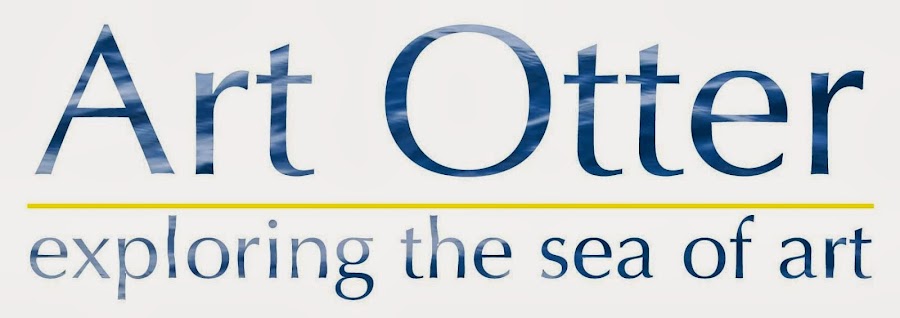The major themes that fill Walker's work with meaning are conversations of race, gender, sexuality, and fantasy. She hits upon the power struggle in these subjects such as what is real or fiction in history, what we desire verse what we shame through her minimalistic narrative scenes.
 |
| http://www.pbs.org/art21/artists/kara-walker |
Race: Even though all of her figures are cut out of black paper she purposefully exaggerates features and clothing of a person to make them a certain ethnicity. This only further pushes the sense of humor within her pieces because of the exaggerations, but it also creates a statement of the fact that us as the viewer knows what she is referring to because of stereotype and caricature.
Desire and Shame: Walker has described America's national pastime as "loving to hate what we hate to love" (Do You Like Creme in your Coffee or Chocolate In Your Milk? 1997) which perfectly sums up how society has viewed certain situations and events. In reaction, Walker's work leads to controversy over the combination of violence, humor, and sexuality in whether what she is portraying is taboo in relation to theme of history and slavery. Her work also doesn't necessarily portray the characters as right or wrong, leading to viewer to create their own moral decision.
 |
| http://www.alanaveryartcompany.com/kara-walker/ |
Historic? or Fantasy?: Although her characters are depicted in the South pre- Civil War, she never depicts anything specific to history. However, Walker's work is a comment on what we are taught and then twists in fantasy and an exaggerated truth to create her own historic stories. A combination of "southern romance novels, historical fiction, slave narratives, and contemporary novels" creates her version of storytelling.
 |
| Kara Walker, The Renaissance Society, 1997 http://gallery400.uic.edu/blog/from-the-archive-kara-walkers-voices-lecture-at-gallery-400-1997 |
 |
| Kara Walker, Gone, An Historical Romance of a Civic War as It Occurred Between the Dusky Thighs of One Young Negress and Her Heart, 1994 |














